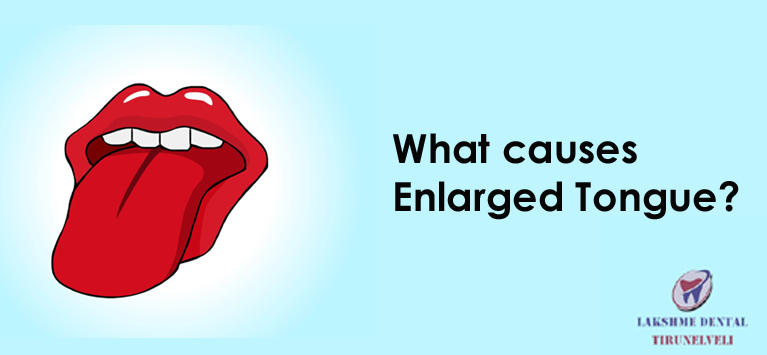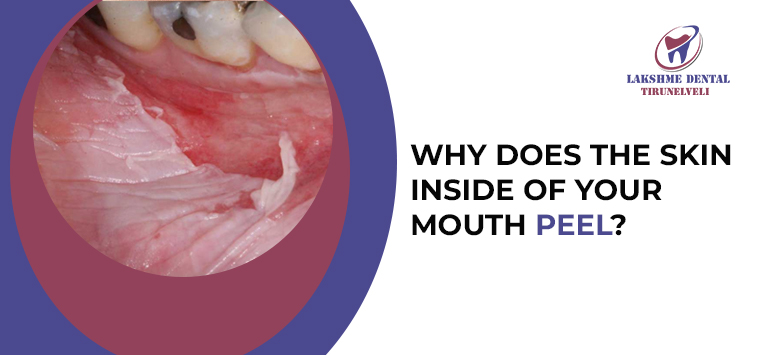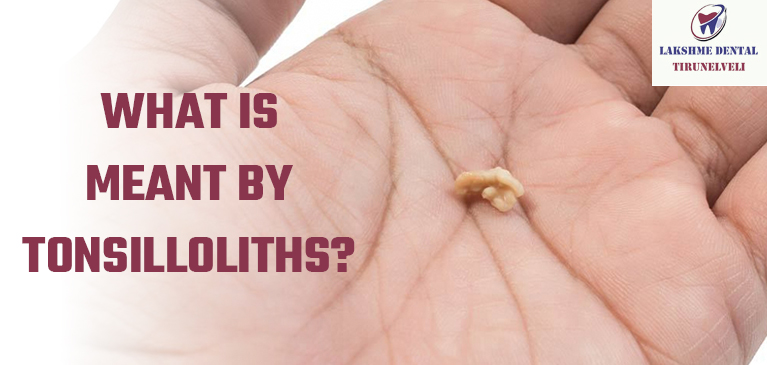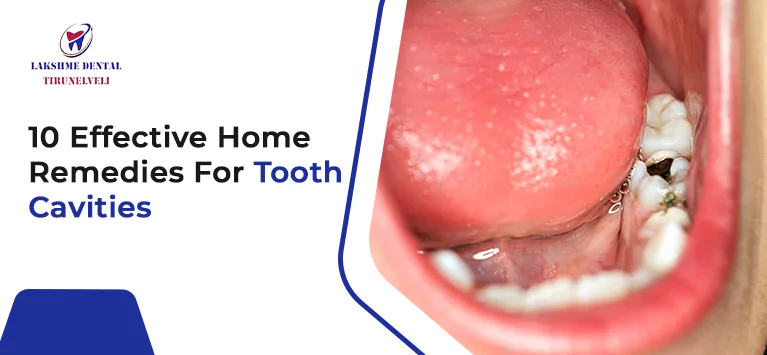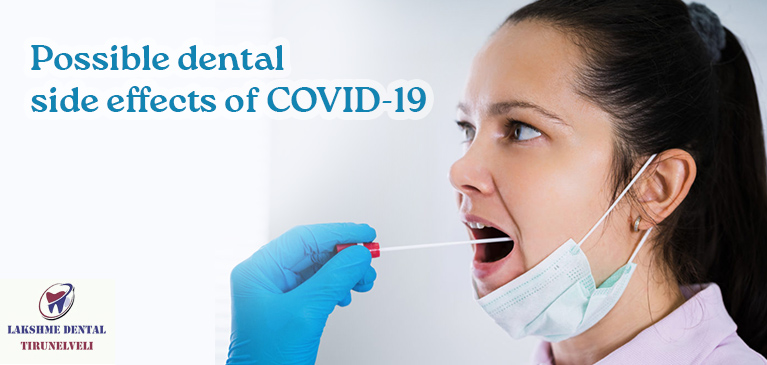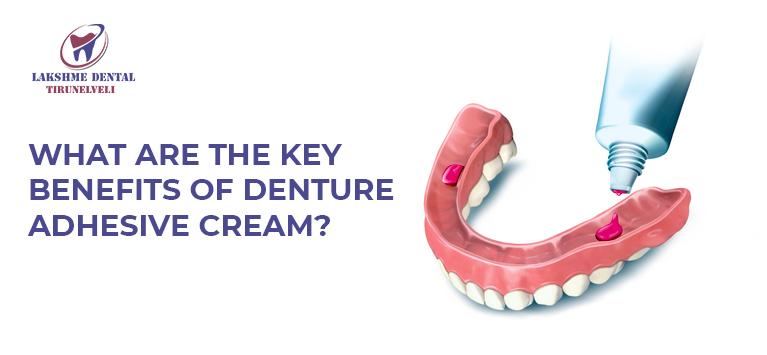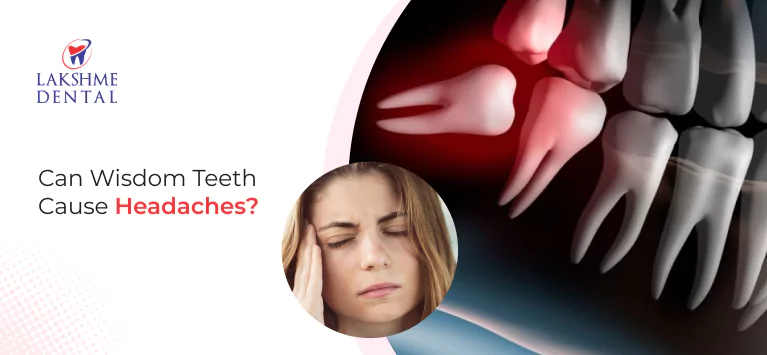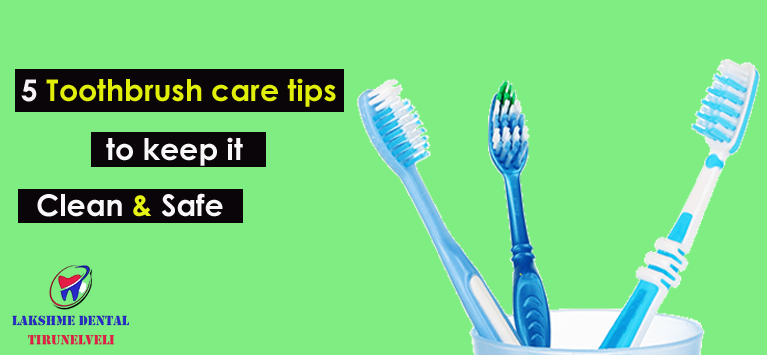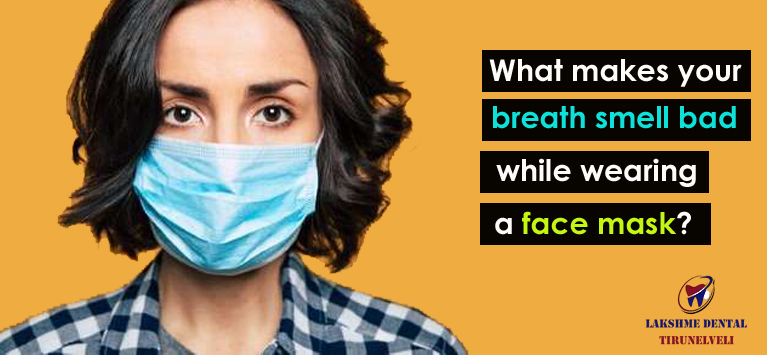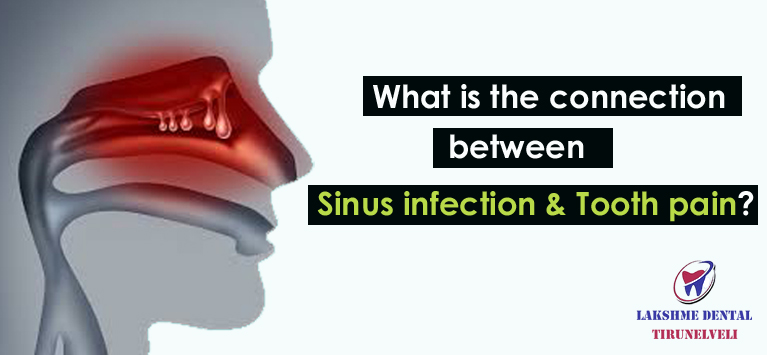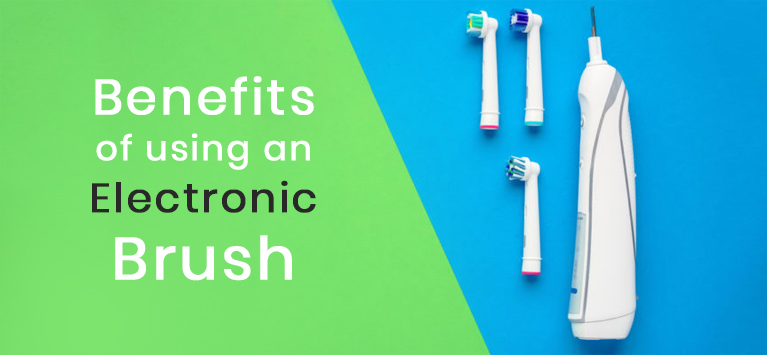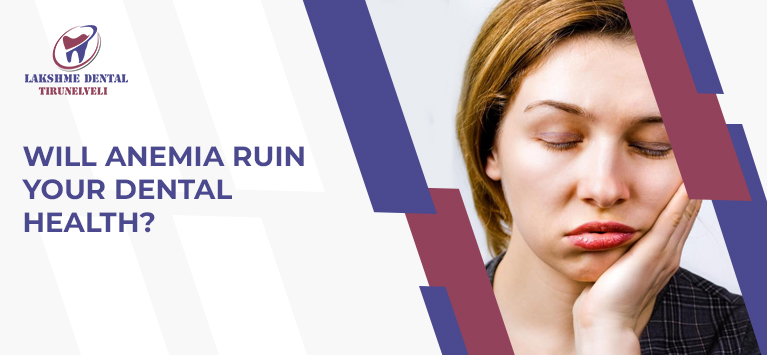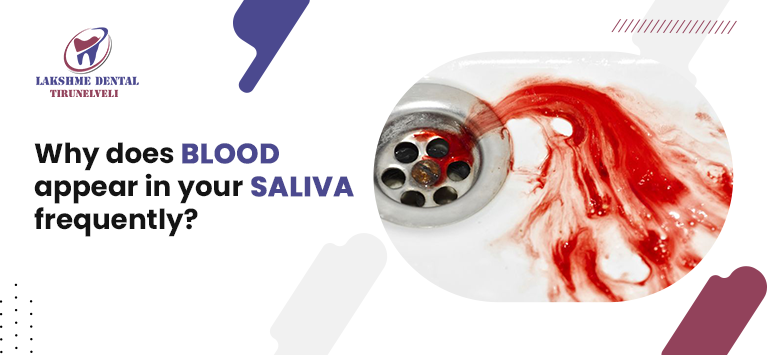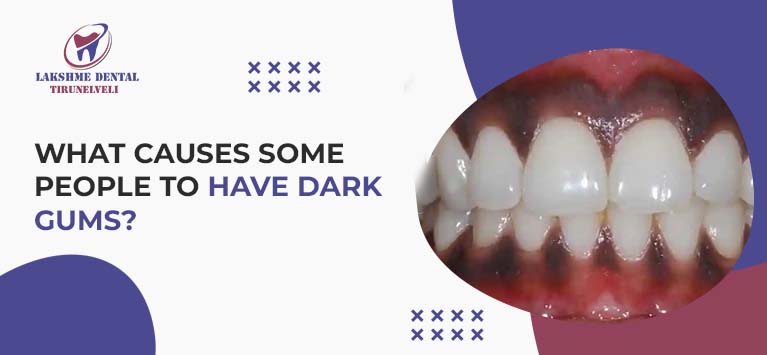
What causes some people to have dark gums?
A smile can bring out the aesthetic perfection of a person. While flashing a perfect smile can be an effortless everyday action for some, for many it still stays to be a far-fetched reality. Especially for people with gum disorders, this rather comes as a confidence destroyer.
Several intraoral and extraoral elements affect facial appearance. Some oral issues, particularly gum disease, can make the gums look bad. The esthetic look of a person might be seriously harmed by hyperpigmentation of the gingiva.
Melanin pigmentation is typically a physiological worry, but if it is excessive, it can definitely make a person lose their self-assurance. However, due to genetic causes, melanin in the skin is extremely typical in many Indians.
What is Hyperpigmentation?
The gingival/oral mucosa can become discolored due to oral pigmentation, which has both exogenous and endogenous causes. Adverse behaviors like smoking can also accelerate the production of melanin, and the quantity and duration of smoking affect how much pigmentation is produced. More frequently affecting females than males, the pigmentation is primarily located at the anterior labial gingiva.
The most prevalent endogenous pigment, melanin, a non-hemoglobin-derived brown pigment, is created by melanocytes found in the basal layer of the epithelium. Excessive melanin deposition in the basal and suprabasal cell layers of the epithelium results in gingival hyperpigmentation.
The gingival epithelium’s basal layer is where melanin coloration develops as a result of melanin granules produced by melanoblasts entwined between epithelial cells. The level of pigmentation varies from person to person and is influenced by a number of variables, particularly the activity of melanoblasts.
What causes gums to get dark?
Black gums and color changes in gum tissue can be brought on by a number of factors. For instance, getting metal fillings in a tooth can make the surrounding oral tissues appear dark. This condition is called amalgam tattoo.
Likely, there are various factors ranging from your general health to gum disease, drugs, and personal preferences can darken your gums. The most possible causes are as follows:
1) Melanin
Melanin a pigment found in skin, hair, and eyes, is a chemical that the body naturally produces. People’s skin and hair will be darker the more melanin they have in their bodies. A person’s body may produce more melanin if their gums are dark brown or black.
If a person has always had dark gums, there is no reason to be alarmed. If the gum color varies over time or if black patches occur on the gums, there may be an underlying issue other than melanin, and a doctor should be consulted.
2) Smoking and Smoker’s Melanosis
Smoking can result in a smoker’s melanosis, a change in the color of your gums. Your gums’ color may alter as a result of the nicotine’s ability to cause melanocytes to create more melanin than usual. This transformation may take the form of patches or may affect the entire inside of your mouth. They may turn brown or black.
Your lower lip and inner cheeks may also darken. According to several studies on melanosis, if you stop smoking, this discoloration may go away, indicating that smoking-related dark patches on the gums are treatable.
3) Acute necrotizing ulcerative gingivitis
An infection of the gums known as acute necrotizing ulcerative gingivitis is also referred to as trench mouth. The signs and symptoms include fever, gum soreness, and poor breath.
Because of dead tissue accumulating over the gums, there may occasionally be black or grey tissue there, and ulcers can develop around the margins of the teeth.
4) Medication
Some drugs, such as Minocycline, which is used to treat acne, can also lead to hyperpigmentation and black gums in your mouth and gum tissue, as well as alter the color of your teeth. We advise talking to your doctor about other drugs if you are using this medication and experiencing these adverse effects.
What are the treatment options available to fix dark gums?
There are an array of gingival depigmentation solutions available. Dentists prescribe the right treatment after assessing the gum tissues.
- Surgical technique – Gum surgery uses several methods to eradicate or lessen gum hyperpigmentation. It is the most widely used method. The connective tissue is allowed to recover once the overlaying epithelium is surgically removed. It is easy, cheap, and doesn’t require a sophisticated arsenal. It is simple to carry out. May cause discomfort and heavy bleeding. For a week, a dressing is administered.
- Bur abrasion – Bur abrasion is comparable to the surgical method. It is an easy, secure, and non-confrontational technique. It doesn’t need any complicated machinery. In order to remove the pigmented gums, the clinician uses the handpiece while controlling the pace and applying pressure.
- Scalpel method – The Scalpel method is less experienced than electrosurgery. Application of electricity to tissue for an extended period of time or repeatedly causes heat buildup, which leads to tissue damage. Avoid making contact with the tooth roots and underlying bone.
- Cryosurgery – Cryosurgery is a subspecialty that uses local freezing to destroy tissues under control. Tetrafluoroethane and liquid nitrogen are employed. This procedure has the benefit of not requiring anesthetic or dressing. It offers amazing results and is painless. The drawbacks include difficult depth control and potential damage from protracted freezing.
- Free gingival graft – This procedure calls for color matching and an additional donor site.
- Lasers – It is simple to use, take less time to cure, control bleeding, and has better sterilizing results. It is not necessary to dress. Mild postoperative discomfort is typical, though. It necessitates the use of pricey and advanced equipment.
Conclusion
Even while gingival pigmentation is not a serious complication, it has a significant impact on how the face looks. The histological investigation is conclusive, but the patient’s medical history is crucial in figuring out whether it is physiological or pathological in origin.
Therefore, the method of pigmentation treatment is either surgical or chemical. As a result, our review has shed light on the histological basis for gingival pigmentation as well as its causes and treatment options.

